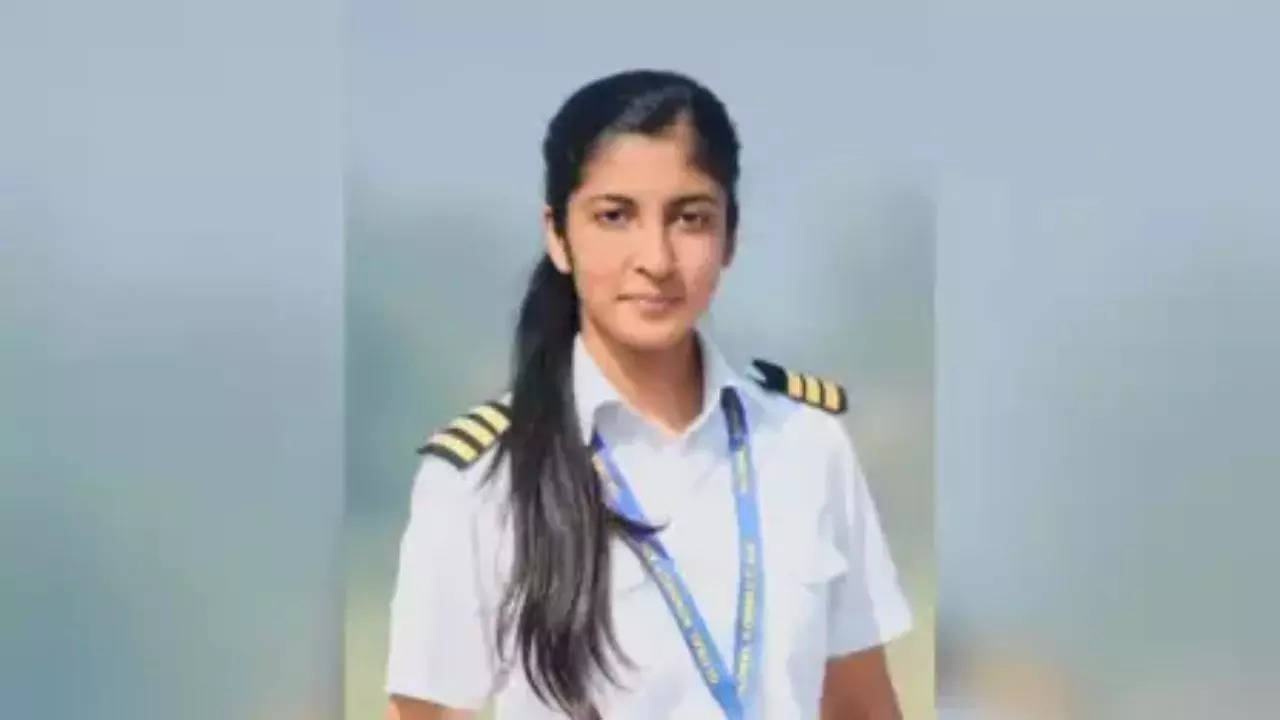 |
|
The tragic death of Air India pilot Srishti Tuli has unfolded into a complex investigation involving a contentious relationship, deleted digital evidence, and allegations of harassment. The narrative centers around Srishti's relationship with Aditya Pandit, a man with whom she shared a tumultuous final day before her death. The timeline of events leading up to the suicide points towards a series of escalating conflicts culminating in a desperate final video call. This detailed account sheds light on the circumstances surrounding her death and raises critical questions about the role of Aditya in the events leading up to her suicide. The investigation, spearheaded by Mumbai police, has unearthed a trail of communication, including a crucial video call, numerous phone calls, and the now-deleted WhatsApp messages between Srishti and Aditya. These deleted messages are a key focus of the investigation, with police suspecting that they may contain evidence crucial to understanding the events that led to Srishti's tragic end. The recovery of these messages, through forensic analysis of Aditya's phone, holds significant importance in establishing a clearer picture of the relationship dynamic and any potential role Aditya may have played in Srishti's decision.
The sequence of events begins on November 25th, the day of Srishti's death. A significant argument occurred between Srishti and Aditya, resulting in Aditya departing for Delhi despite Srishti's pleas for him to stay. This departure, coupled with Srishti's subsequent suicide threat, indicates a level of emotional distress that Aditya appears to have either dismissed or underestimated. The fact that he immediately deleted their WhatsApp conversation further fuels suspicion that he was attempting to conceal information relevant to the investigation. The sheer volume of calls – ten to eleven phone calls plus numerous missed calls – between the two underlines the intensity of their interaction on that fateful day. While Aditya claims his calls were attempts to dissuade Srishti, the context surrounding these calls and the subsequent deletion of digital evidence remain subject to ongoing scrutiny. This action casts significant doubt on the veracity of his claims, raising concerns about his culpability in the tragic event.
Beyond the immediate timeline of the day of her death, the investigation has also unearthed allegations of harassment and humiliation leveled by Srishti's family against Aditya. These claims paint a picture of a controlling and potentially abusive relationship, with allegations that Aditya pressured Srishti to alter her dietary habits, forcing her to abstain from non-vegetarian food. This detail, while seemingly minor in isolation, contributes to a broader narrative of Aditya exerting undue influence and control over Srishti. The significance of this aspect of the case lies in the context of understanding the power dynamics within their relationship. The family's account adds a critical layer of complexity to the investigation, suggesting that Srishti may have been under significant emotional pressure for a considerable period before her death. The uncle's formal complaint alleging harassment underscores the gravity of these claims and the need for a thorough investigation into the nature of their relationship beyond the immediate events of November 25th.
The lack of a suicide note further complicates the investigation, leaving investigators to rely heavily on circumstantial evidence, digital forensics, and witness accounts. Aditya's arrest under Section 108 of the Indian Penal Code (abetment of suicide) highlights the serious consideration being given to his potential role in Srishti's death. His four-day remand reflects the judicial process aiming to gather sufficient evidence to determine his culpability. The case highlights the challenges faced by law enforcement in investigating suicide-related deaths, especially when digital evidence plays a significant role. The careful examination of deleted messages and call logs is crucial to piece together a comprehensive understanding of the events leading to the tragedy. This case serves as a stark reminder of the importance of addressing domestic violence and emotional abuse, underscoring the devastating consequences these issues can have.
The investigation's outcome will have broader implications for understanding the complex interplay of relationships, mental health, and culpability in cases of suicide. The forensic analysis of Aditya's phone will be crucial in establishing the exact content of the deleted messages and their potential implications. The statements made by Srishti's relatives and the details they have shared provide additional context and depth to the understanding of the relationship dynamic. This case emphasizes the crucial need for comprehensive support systems to help individuals facing emotional distress and the importance of recognizing and addressing abusive relationships to prevent future tragedies. The potential ramifications of this case extend beyond the immediate parties involved, raising awareness of the complexities of investigating suicide cases and the potential for culpability to extend beyond the individual taking their own life.
